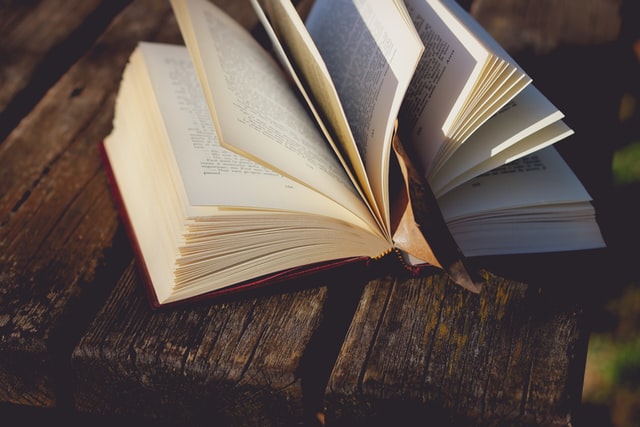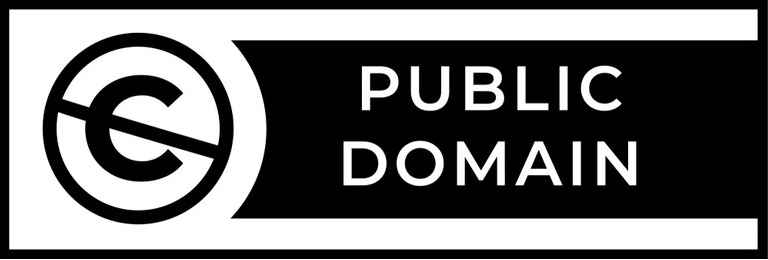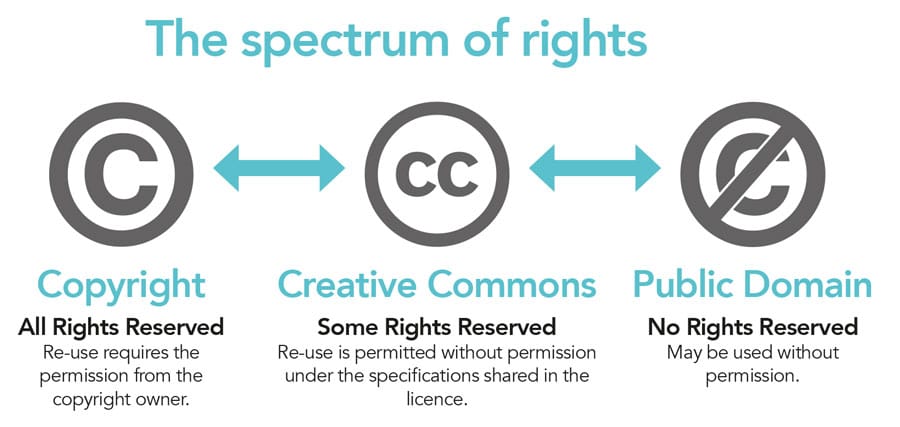1 Introduction to Copyright

Copyright
Copyright refers to the legal right of the owner/creator/producer of an original work to have full control of the distribution, reproduction, performance, or publication of that work.
Copyright is an important right that needs to be respected. It safeguards the rights and ownership of someone else’s work, protecting the integrity and dissemination of those works. This is especially important when you are thinking about which works to include in your own course.
At first, this might seem like an overwhelming landscape when choosing resources for your course and trying to determine what is or isn’t protected under copyright laws. But just know that you are not alone when navigating these scenarios. Your primary resource at St. Clair College will be Policy 4.7 Copyright Guidelines. Here you can find guidance on different permissions including what and how much you can freely copy for purposes of your course or other academic work. You can also reach out to the Library Resouce Centre or the CAE for specific questions that you may have.
Public Domain, Open Access, and Creative Commons
While you are deciding on what resources to include in your course, you may come across these three terms as they relate to copyright. The following is a brief overview of these concepts.
Public Domain

Information in the public domain is the result of at least one of these three factors: the work was not initially eligible for copyright protection, the owner has waived the copyright restrictions to allow the work to be used freely by the public, or sufficient time has passed since the initial copyright came into effect. In Canada, the lifespan of the copyright lasts for 50 years from the first January after the death of the author, also known as the “life-plus-fifty” rule. This means that classical works such as Mozart’s symphonies, Shakespeare’s plays, and novels like Moby Dick are no longer subject to copyright law and may be used in any setting without receiving prior permissions.
Quick Tip: Use a database such as Project Gutenberg to search for works that are part of the public domain.
Open Access

Open access content typically refers to literature that is “digital, online, free of charge, and free of most copyright and licensing restrictions” (Suber, 2015)[1]. Open Access content removes barriers such as price (e.g., subscriptions, licensing fees) and permission (e.g., typical copyright restrictions) that have been agreed to by the author of the works. It should be noted that Open Access can still be compatible with copyright; however, the main difference is that money is not paid by the reader to access the material. For example, with Open Access journals it is typically the producer/author that covers the cost, not the consumer.
For an example of Open Access, try the Directory of Open Access Journals to search for open journals and articles.
Creative Commons

Creative Commons (CC) is an internationally active non-profit organization that provides free licenses for creators to use when making their work available to the public.
A Creative Commons license is a straight-forward approach to granting copyright permissions in a standardized way. From a user perspective, a Creative Commons license on copyrighted works helps answer the simple question of, “What can I do with this work?” There are six types of Creative Commons licenses available, ranging in degree of permissiveness. For example, the most permissive Creative Commons license allows for distribution and modification in any format as long as credit is given to the creator, while the most restrictive does not allow modifications and must not be used for commercial purposes.
Creative Commons works alongside Copyright

Copyright law gives creators certain kinds of control over their creative work. If people want to use copyrighted work, they often have to ask for permission from the creator. Creative Commons works within copyright law. Creative Commons allows creators to give permission in advance. It allows creators to grant permission to everyone in the world to use their work in certain ways.
Quick Tip: Familiarize yourself with the Creative Commons icons which will give you an overview of the type of license applied.
Mmore information on the different types of Creative Commons licenses is available.
- Suber, P. (2015). Open Access Overview. ↵

